-
How to Conduct Academic Research

One of the fundamental tasks in the field of higher education is the continuation of scholarship, whether you are a student or faculty member. Industry professionals often lean on the published works of academic discourse communities in order to access the most up-to-date research-backed knowledge. Colleges and universities are the keystone to societal advancement, regardless of the discipline or field of study. However, learning to navigate the wealth of information can be daunting, at best, for how and where the information is obtained will significantly impact its credibility. In other words, simply completing a Google search and pulling information from an open-source website can negatively impact the persuasiveness of the argument being made. In academia, the validity of the data is of the utmost importance. Therefore, this blog page is dedicated to demystifying the world of academic research. Let’s begin!

How Do I Know What I Need to Research?
The truth is, figuring out what you want to research can be one of the most difficult steps in the research process. I’ve worked with many students in both collegiate writing centers and the composition classroom who suggest deciding on where to start can be more challenging that writing the research results. On the one hand, the more freedom you have for selection, the more difficult the narrowing process becomes. On the other hand, if you have a particular interest or passion in a discipline, the process may be more enjoyable. Regardless, below are a few ideas to aid you in getting started:
- Course Syllabus – surprisingly enough, the course syllabus offers a comprehensive overview of the material contained within the course, including various topics, etc. Here, is where I often direct students because, depending upon the discipline, an overview of the varying perspectives related to the topic is generally highlighted. However, you don’t want to gloss over the terminology, either! I’ve taught courses where I’ve had students print the syllabus and circle terms that intrigue them or select terms they see repeatedly. These terms may be important a few steps later when you begin working with keywords in online databases.
- Course Readings – consider beginning your research deliberations by determining what others have to say about a topic you’re interested in. For example, think about the course readings assigned during the quarter/semester. I encourage students to not only ‘read’ these excerpts but also annotate them. When approached from a “they say / “I say” inquiry, you begin to think about the underlying assumptions and gaps in the argument others are making. For example, I look for what “they say” – the authors – and then I respond directly in the margins in the form of annotations with what “I say.” Most often, the “I say” section is filled with questions that I have for the author: How did you arrive at this conclusion? What assumptions were made in the research design? What conditions may have been overlooked?
- Scanning the Literature – here, I encourage students to simply scan the current literature by accessing their institution’s online digital library services. By entering keywords relative to the topic, you can begin to see search results. At this point, I’m usually not ready to commit to my research question, so I’m not reading abstracts just yet. Instead, I begin to scan the titles of the search results to get a birds-eye view of the various methodologies and perspectives that have been explored in the field of research.
- Narrowing the Topic: an important aspect of narrowing your topic is to consider the intended length of the project. If the assignment is for a course, you will most likely see a word or page count requirement. If the project is for professional scholarship and publication, you will most likely worry less about page and word count and more about covering the topic in depth. Based on the estimated length of the project, you will begin to consider how to narrow the scope and focus the research. Scanning the current literature (previously mentioned) will often aid you in determining the various lines of inquiry that speak to the topic. For example, if I want to research how artificial intelligence is impacting higher education, I will need to narrow the scope in order to adequately offer contextualization and analysis. My next approach may be to consider how artificial intelligence is impacting colleges and universities in the United States. This still feels as though it would take hundreds, if not thousands, of pages to accomplish. My next approach may be to consider how artificial intelligence is impacting colleges and universities in U.S. first-year composition classrooms. Here, we began with curiosity about how artificial intelligence may be impacting higher education and narrowed the scope to a specific geographic area and within a specific discipline in higher education; going further, we then narrowed the scope to focus primarily on first-year composition classrooms. The takeaway is to begin where your interest and curiosity lie but then narrow the scope until you reach a manageable task. If I wanted to narrow the topic further, I could focus on a specific type of artificial intelligence.

Where Do I Find Sources?
The standard when conducting research in collegiate environments, whether the research will be composition-based, observation-based in the field, or hands-on laboratory-based research, is to utilize scholarly peer-reviewed sources. Therefore, simple Google-based searches or website searches most likely aren’t the way to go. Instead, I encourage students to visit their school library and complete an introductory tour, whether the tour is a virtual online tutorial or in-person on campus. Collegiate librarians are probably one of the most under-utilized resources in the process. I have personally witnessed the transformation your project may have when scheduling a one-to-one appointment with an undergraduate or graduate-level librarian.
Once you are comfortable working with the library resources, I encourage students to begin by searching their library databases, first. Oftentimes, one of the search criteria boxes offers ‘peer reviewed’ as an option, so you definitely want to select these criteria. Furthermore, if you go back to the list of terms you compiled in the preliminary review of course readings, etc., you may find some of the terms you listed or circled to be extremely helpful in narrowing your search results. Many of the library databases will be tailored by field of study.
Google Scholar is another helpful resource for students because, sometimes, quite frankly, their search engine seems to be more optimized for a more casual researcher. However, the downside to this approach is you will need to screen your sources more carefully. At least to date, I have not found an option that will allow you to select the scholarly peer-reviewed restriction. Therefore, if you locate what appears to be a research or academic paper, you may need to do a separate Google search to ascertain whether the source is, indeed, peer-reviewed.
Other resources to consider are those affiliated with the industry you are researching. For example, there is an organization called the National Council of Teachers of English (NCTE) which is highly respected in academic communities. Another well-established and highly respected organization is the Conference on College Composition and Communication (CCCC). Accessing the websites of organizations within your specific discipline will not only aid you in determining areas for current research needs or opportunities, but they are also an excellent resource for locating current research.
Works cited pages! The reference pages for each scholarly work may be the most overlooked and valuable asset for new and experienced researchers alike. If you identify an article that explicitly speaks to your research topic or idea, the reference page will offer a list of resources you may want to consult. Of course, your purpose isn’t to reproduce the same research with the same sources as you have found. Instead, these sources are starting points from which you can launch more narrowed and nuanced research.

How Do I Know If a Source is Credible and Appropriate?
Excellent question! First, we will discuss how to tell if a source is credible. Generally speaking, if you access the source via an academic institution’s library, chances are you are at least on the right track. The main search engine for collegiate online library resources gives you the advanced search option. Here, you can select the type of source you are looking for. However, let’s say you decided to do a website search to identify additional resources for your project. As I’m sure you are aware, not all websites are equal in credibility.
Step one would be to determine the publisher of the information. Government websites, scholarly journal websites and websites affiliated with trade organizations/industries in the discipline are usually a stronger bet. Newspaper and magazine article websites may be appropriate for determining current societal trends in journalism, but they typically aren’t considered credible in academic research because they are opinion-based. For the most part, if you don’t see data or statistics introduced to support the narrative, it most likely wouldn’t be considered credible in academia. Additionally, you want to see how and where the source obtains their information. For example, students tend to refer to open-source websites – such as Wikipedia – that are often helpful in gaining a general understanding of a topic. However, were you aware the website can be edited by the general population? Put simply, think about how the source certifies the information they are providing.
Second, what works for one type of project won’t always work for another type of project. For example, if you are conducting an academic-research based project, scholarly peer reviewed journal articles should be the primary consideration. Depending upon the instructor and/or purpose, primary sources such as interviews may be applicable. For example, if you are conducting a research study that attempts to ascertain student perspectives on the usage of general artificial intelligence in collegiate-level composition, a formal student survey via your institutional review board process would be credible data to include as a primary source in your project. Additionally, the incorporation of research from scholarly peer reviewed journals will offer secondary research that is important in establishing a baseline for the current literature available. Textbooks, authored books, and eBooks are sometimes considered appropriate, but it depends upon the project. When in doubt, I encourage students to consult with their instructor, for I have found instructors within the same academic discourse community may have different views on what makes a source credible. When in doubt, ask!

How Do I Incorporate Sources Into My Writing?
Careful attention is advised for this step in your research process, for you will want to be sure you give credit to each and every idea sourced. Furthermore, you also want to be sure you signal the ideas and argument points, etc. that you are bringing to the larger academic conversation. For the field of Arts and Humanities, MLA formatting is the most recognized organizational system. There are two primary methods of organization to aid writers and their audiences in understanding where one author’s ideas end and another begins:
- In-text citations: in-text citations are used as a means to signal ‘who’ says ‘what’ in paragraph form. For example, if you are incorporating evidence from one of your sources, you will want to offer readers a signal phrase that identifies the purpose of the evidence, who said it, etc. If you identify the author’s name in the body of the sentence, you will only need to include the page number where the information may be accessed in parentheses after the information, whether this happens mid-sentence or the end of the sentence, for clarity. If the lead-in sentence doesn’t use a signal phrase, both the author’s last name and page number should be provided in parentheses. APA is another style writers will use depending on the discipline. The primary difference between APA and MLA is APA documents the author’s last name followed by a comma and the date of the publication. When I worked in the writing center, I advised one way to remember the styles is that English textbooks tend to be very long, so I would most definitely want the page number, so I don’t have to sift through thousands of pages to find the information. APA is often used in science-based research, so I would prefer to know the date when the information was published to determine how current or applicable the data may be.
- Works Cited: If you utilize an MLA style, the appropriate title for the last page of the essay that includes all reference information is ‘Works Cited.’ Here, you will list each source cited in the essay, placed in alphabetical order by the author’s last name. The MLA style incorporates a ‘hanging indent’ feature (Microsoft Word and Google Docs. can help you format) for page appearance and ease in identifying the reference information for each source.
In addition to citing your work and giving credit to the sources, it is important to think about how you will incorporate evidence from your sources into your own work. In the Arts & Humanities, composition essays typically balance summary, paraphrasing, and direct quoting. For example, a short summary of an author’s argument can be helpful in a literature review, when synthesizing multiple sources together in conversation helps readers understand the areas of agreement, disagreement, and agreement with a difference. Oftentimes, students get confused about when to paraphrase and when to include a direct quote. I advise students to use direct quotes when the expression of the author creates an ‘ah ha’ moment for them – as a reader. In other words, paraphrasing works well when you want to use your own words – such as when explaining study results, the author’s conclusion, etc.
If you are composing an argument-based academic essay, the incorporation of paraphrasing and direct quoting from secondary sources aids a writer in establishing credibility of their argument points. Additionally, the incorporation of sources that offer counterarguments to your own will strengthen your credibility in academic discourse communities; this may seem counter-intuitive, but addressing and rebutting counterarguments only strengthens your own argument points, and the inclusion of evidence from scholarly sources will strengthen the persuasiveness of your essay.

Where Can I Find More Information?
Your college/university writing center and library website is an excellent resource for accessing additional information related to research best practices and style guides. Below are links to several resources that should help get you started. Additionally, your college professors are often accessible and willing to share the knowledge they’ve gained through the process.
- Purdue University publishes a resourceful website titled Purdue Owl that offers extensive online resources and tools for English-based writing opportunities. The website includes style guides, video tutorials, and genre-specific guidelines.
- Liberty University’s Jerry Falwell Library offers online tutorials on how to get started with academic research, to include best practices for the entirety of the process – from finding keywords, conducting searches, evaluating the credibility of sources, etc.
- National Council of Teachers of English
- Conference on College Composition and Communication
- Owl Purdue: Conducting Research
- Owl Purdue: Using Research
- MLA Style
- Liberty University Jerry Falwell Library
- Research Guides – Jerry Falwell Library
- MLA Style Guide
- APA Style Guide
-
Debut Contemporary Romance!

I’m excited to announce the completion of my debut contemporary romance novel! Release information coming soon!
Yours Before His is a dual point-of-view second-chance love story that weaves romantic physical and psychological intimacy into Daniel and Ella’s journey of reconnecting, finding themselves after loss, and reuniting in the spirit of embracing their authentic identities. Throughout the tumultuous rekindling, Daniel and Ella face obstacles strong enough to tear them apart, but their love remains steadfast, offering readers a continued sense of hope and reinforcing the idea that love is always what matters most, and the rest is just noise. Ella learns true love is timeless, regardless of whether said love is acknowledged.
-
Grange Garden
240 S Cedros Avenue
Solana Beach, CAI had the opportunity to visit one of the most unique and exquisite coffee bar cafes ever! This treasured hideaway is located in Solana Beach – just off the infamous Highway 101 in the greater San Diego, California area. Only a few blocks from the Pacific Ocean, Grange Garden offers patrons the surprise joy of petting bunnies while enjoying their customized cappuccino and pastry on the side. Imagine walking through this little shop of paradise on an extended lunch break or simply enjoying a Saturday morning cup of Joe among frolicking happy-go-lucky bunnies! Below are a few snapshots from the visit!
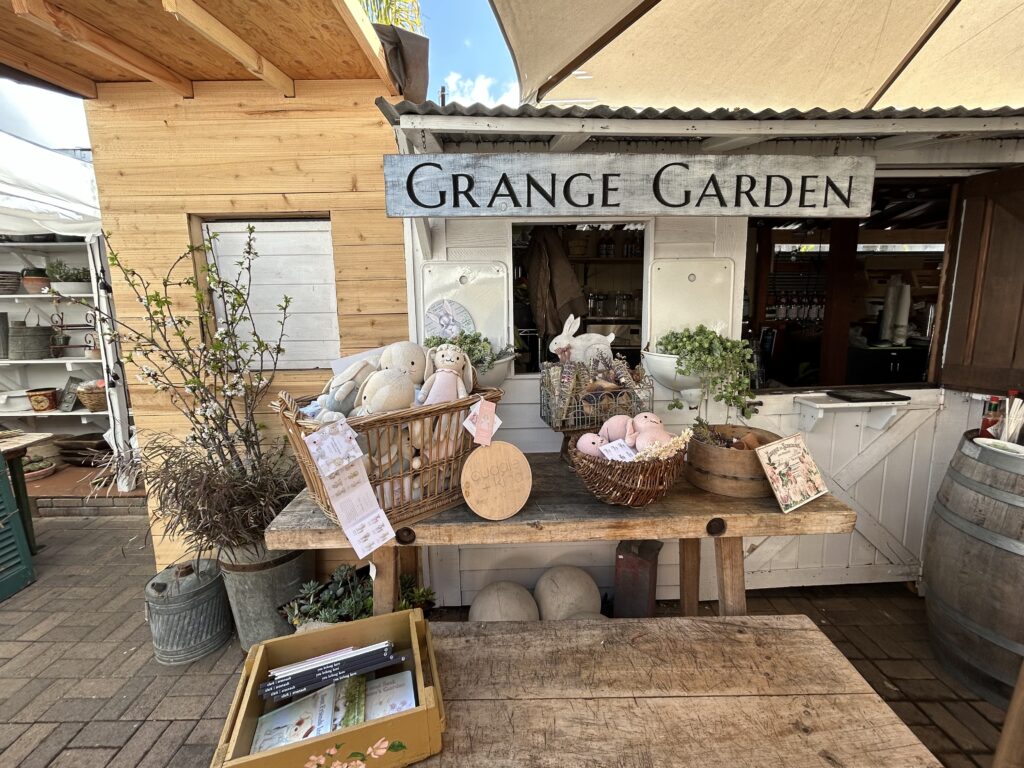
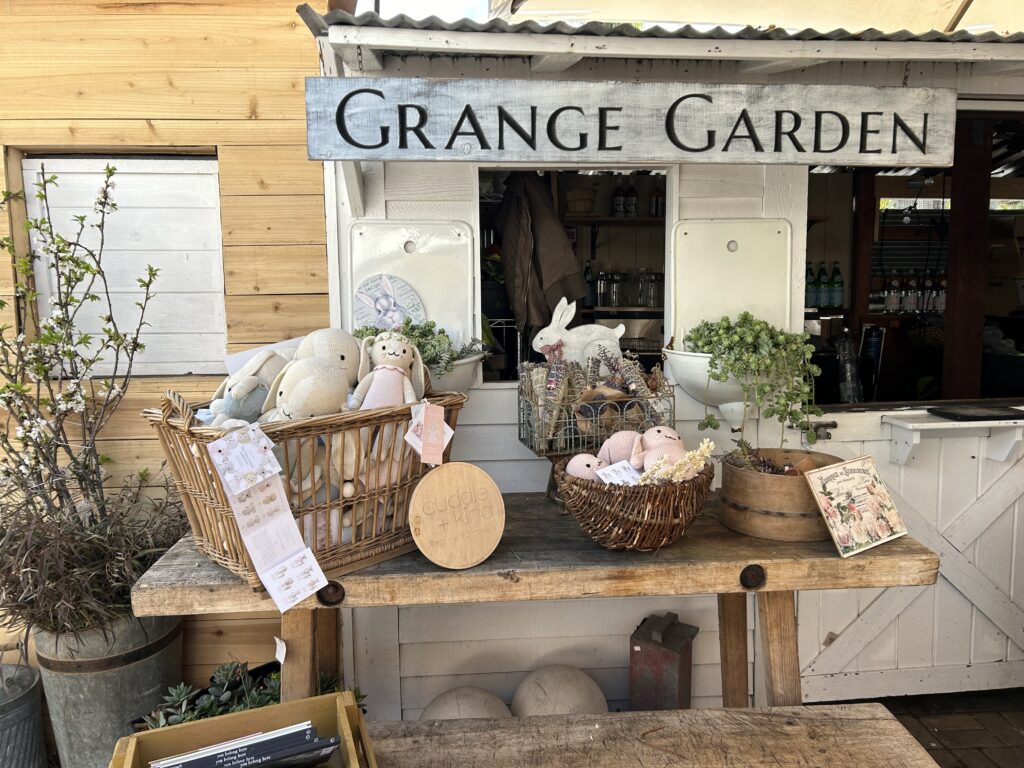
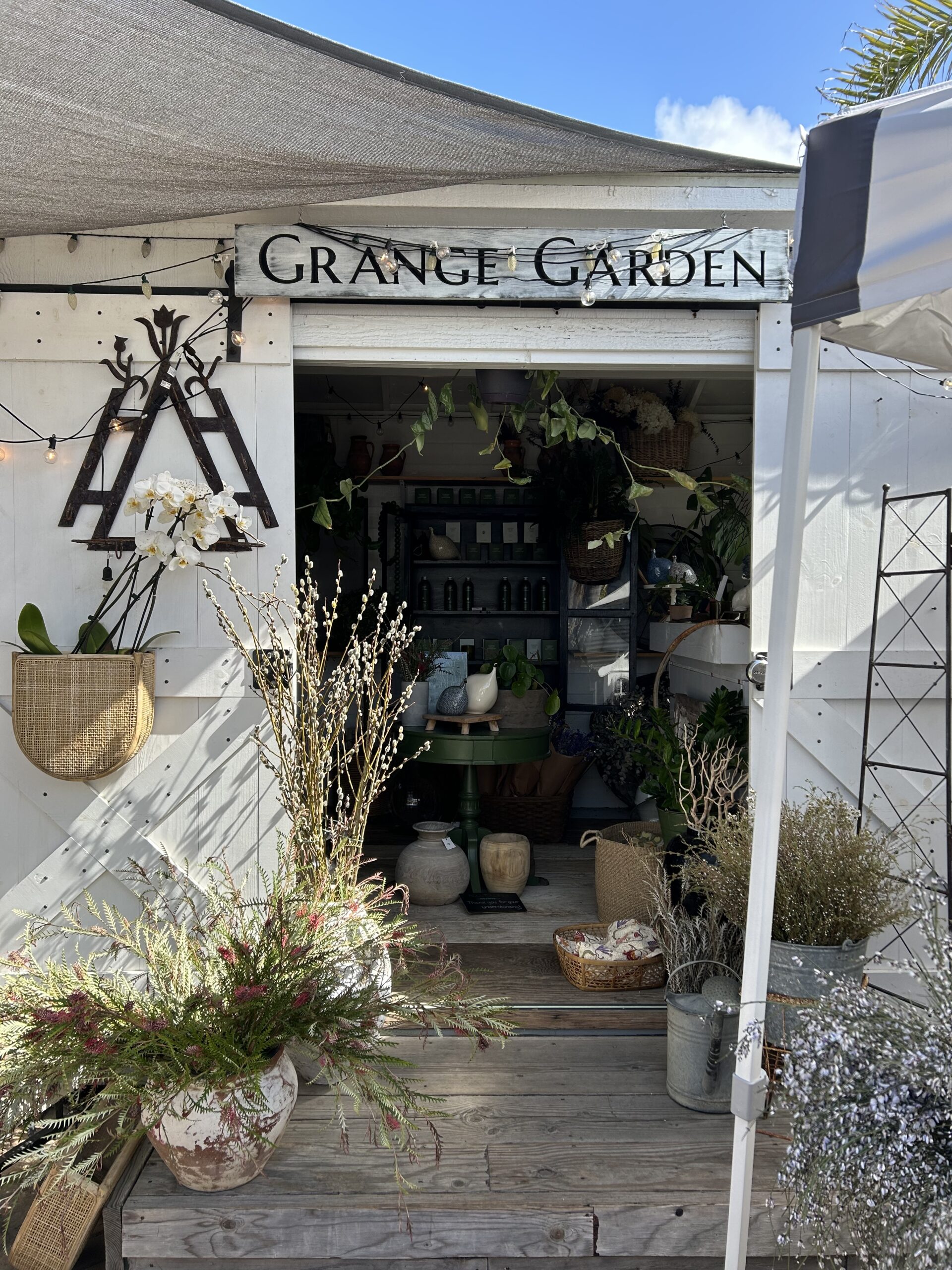


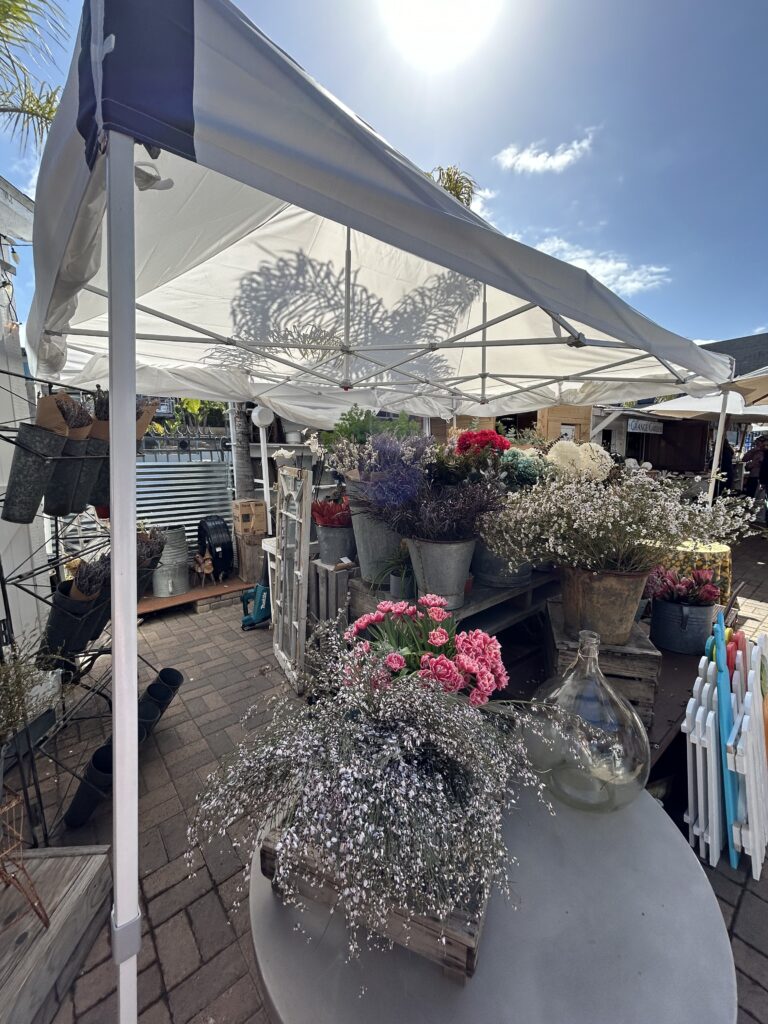
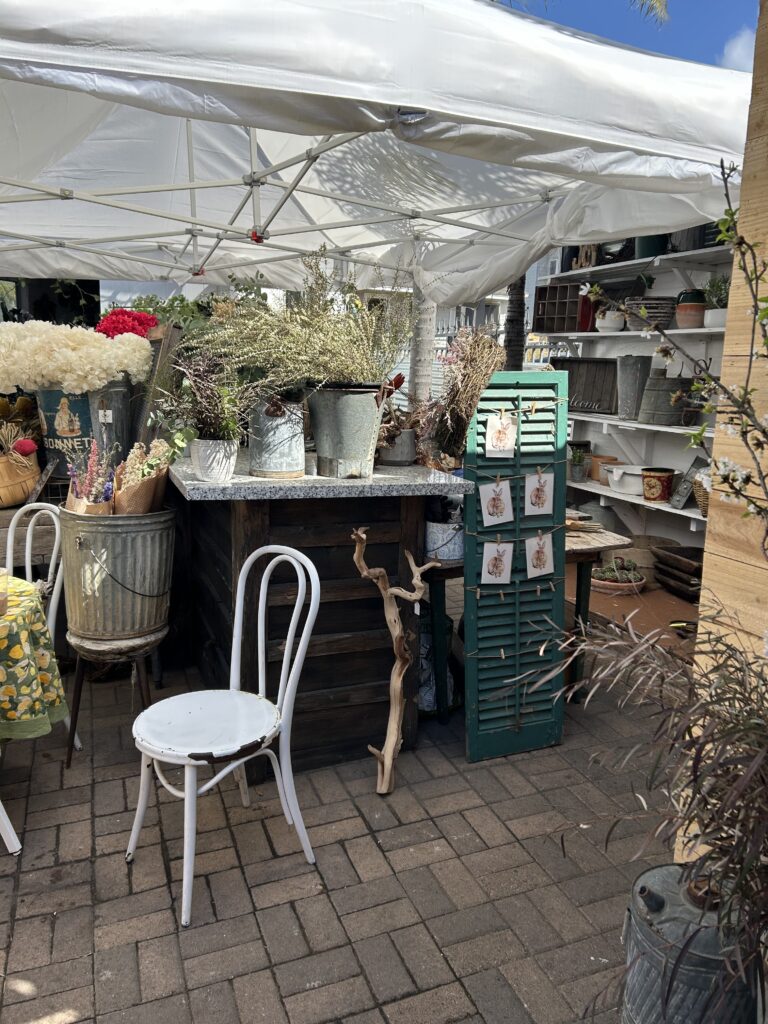
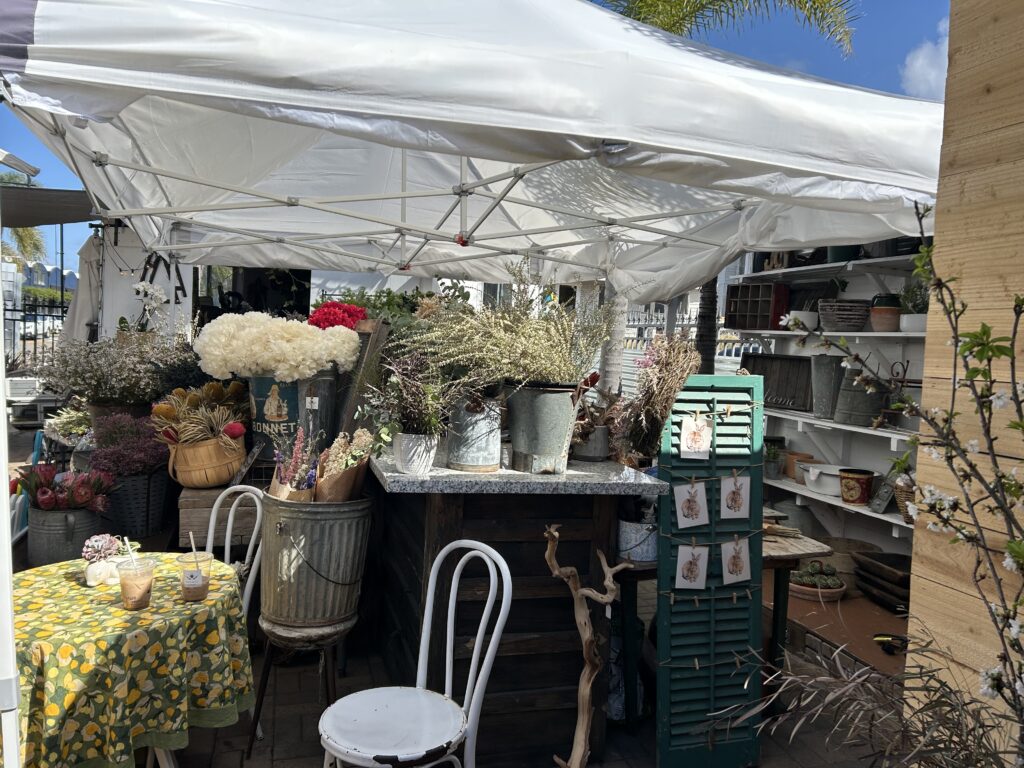
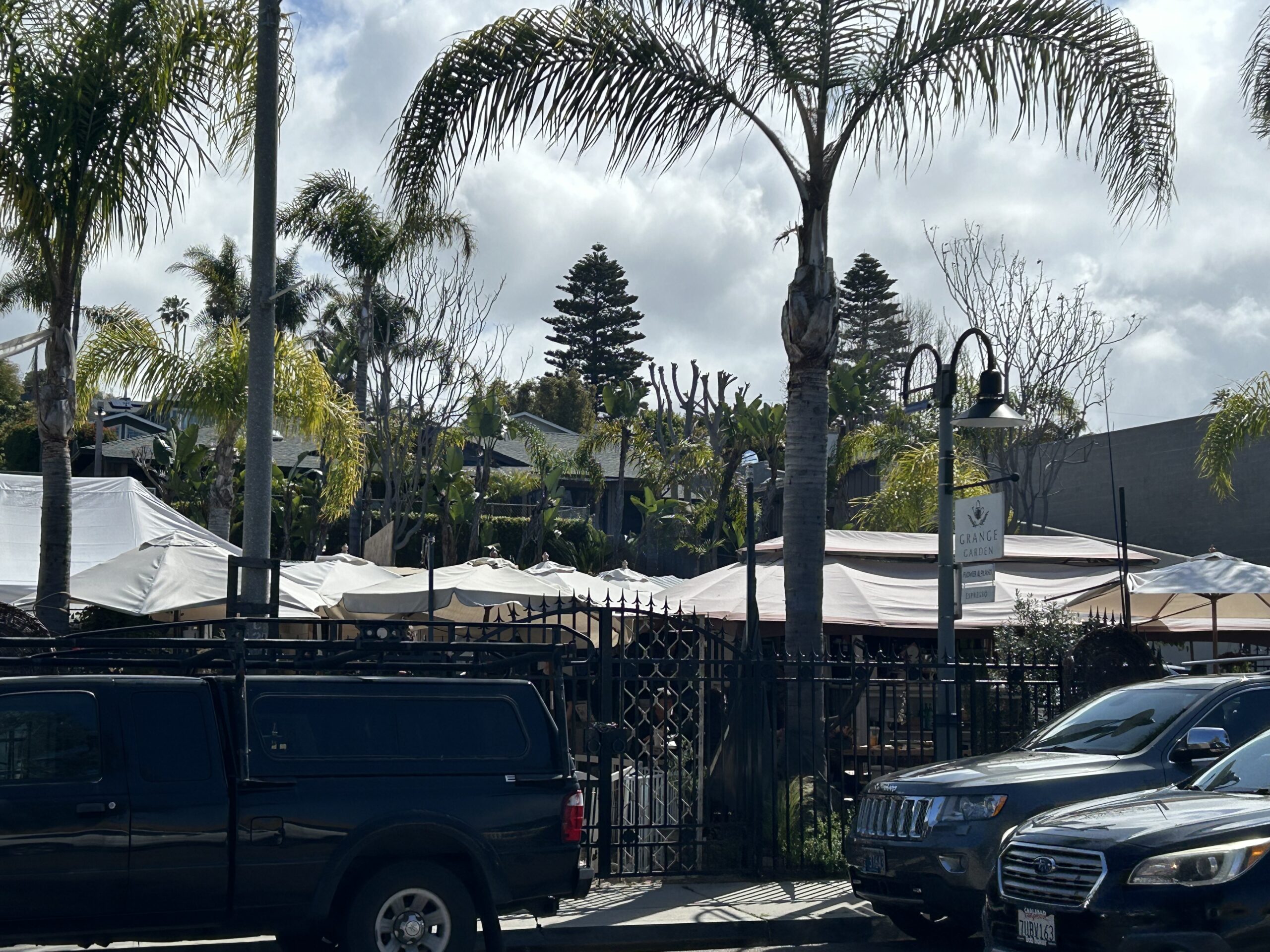

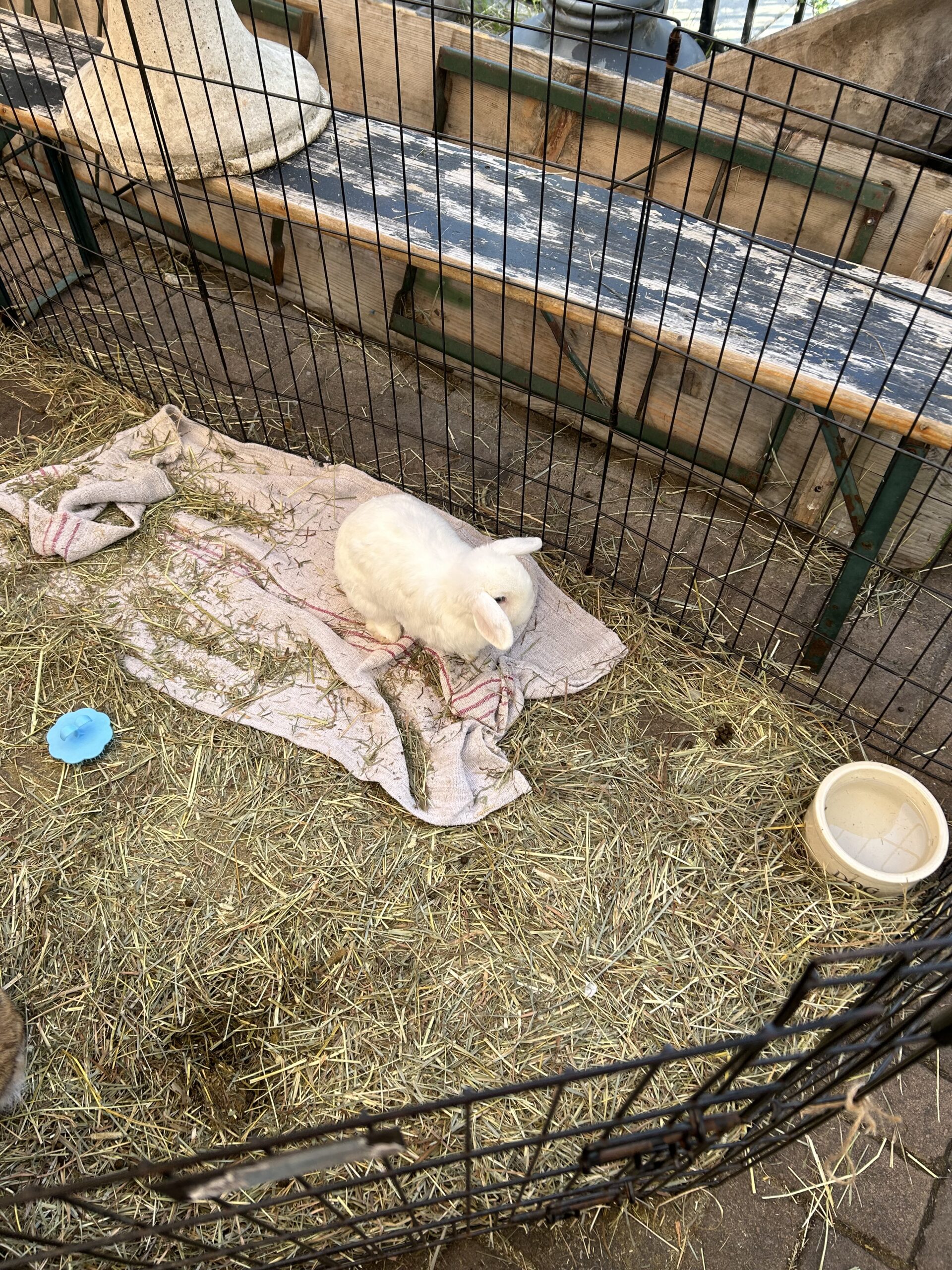
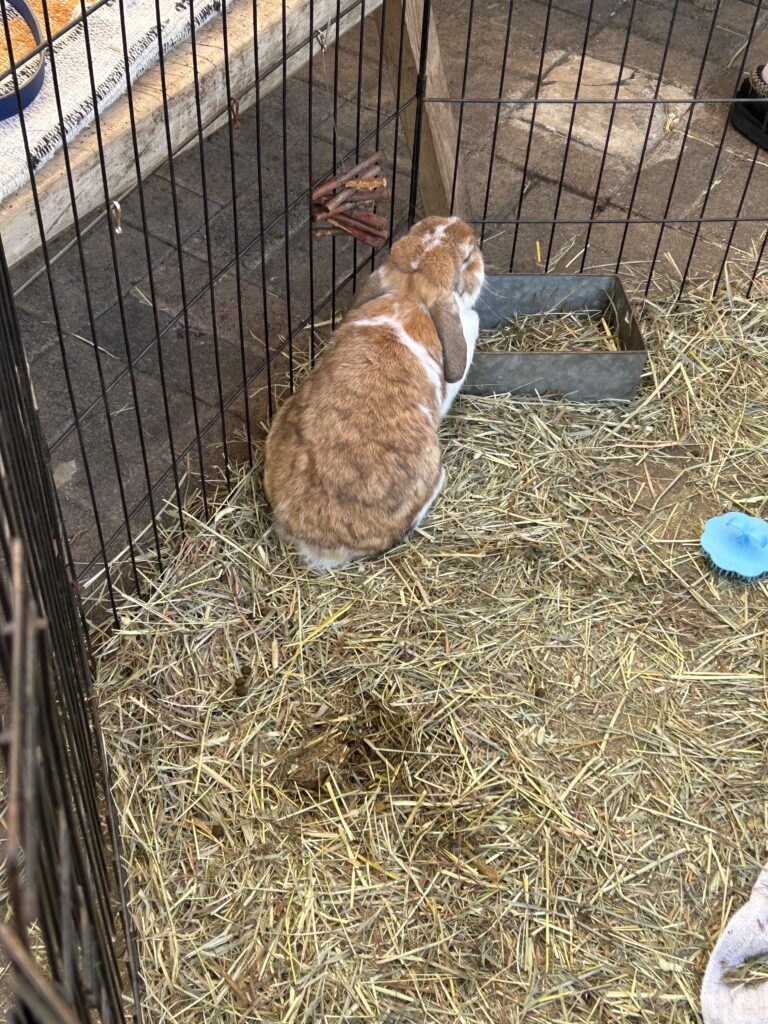
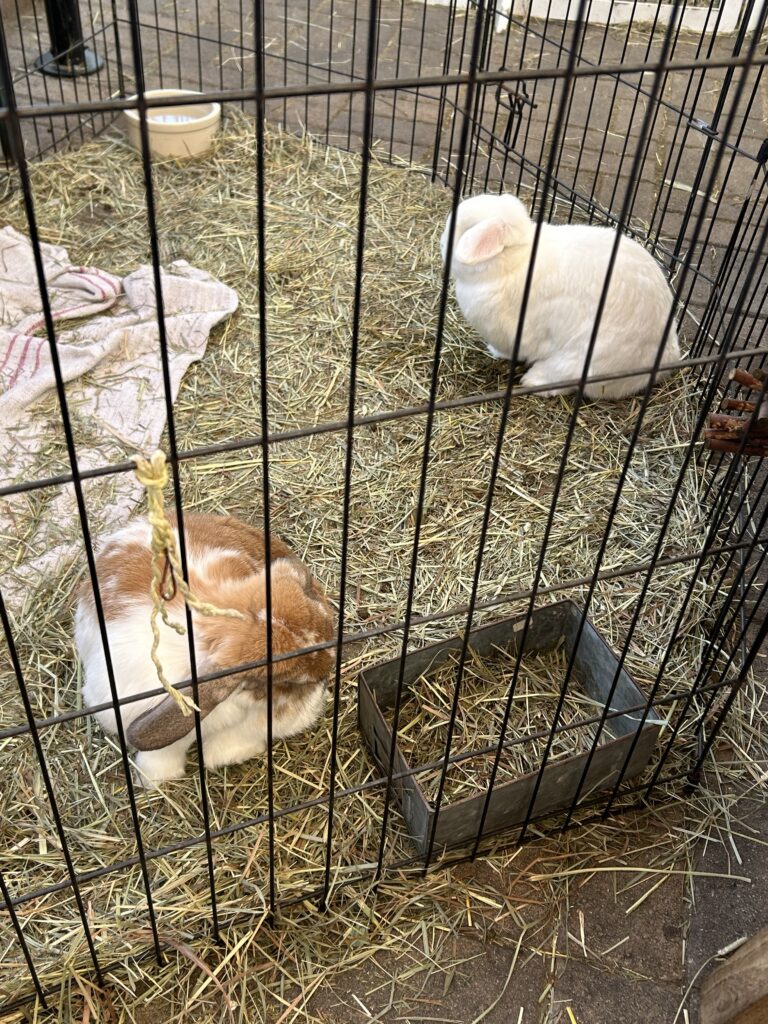
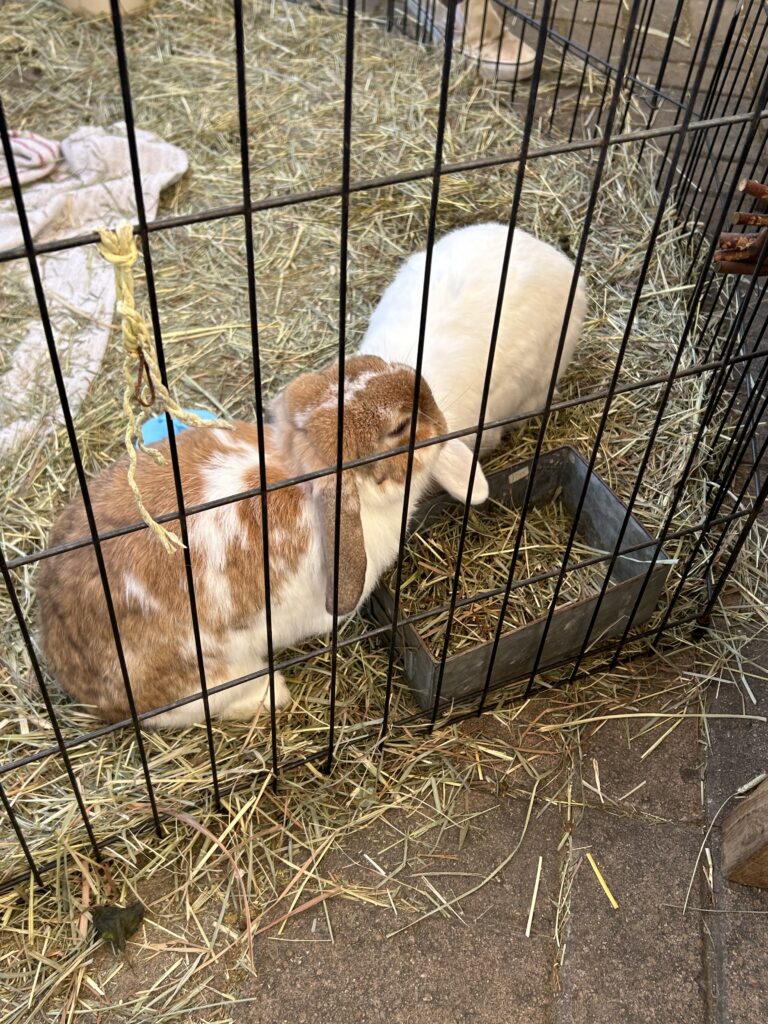
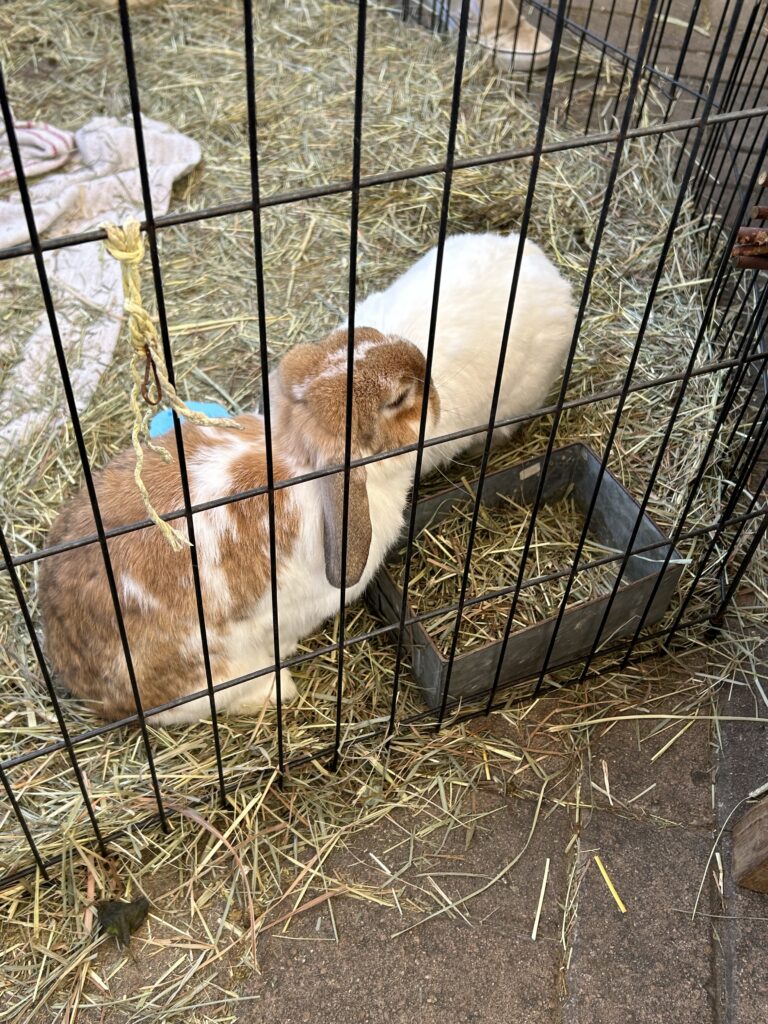
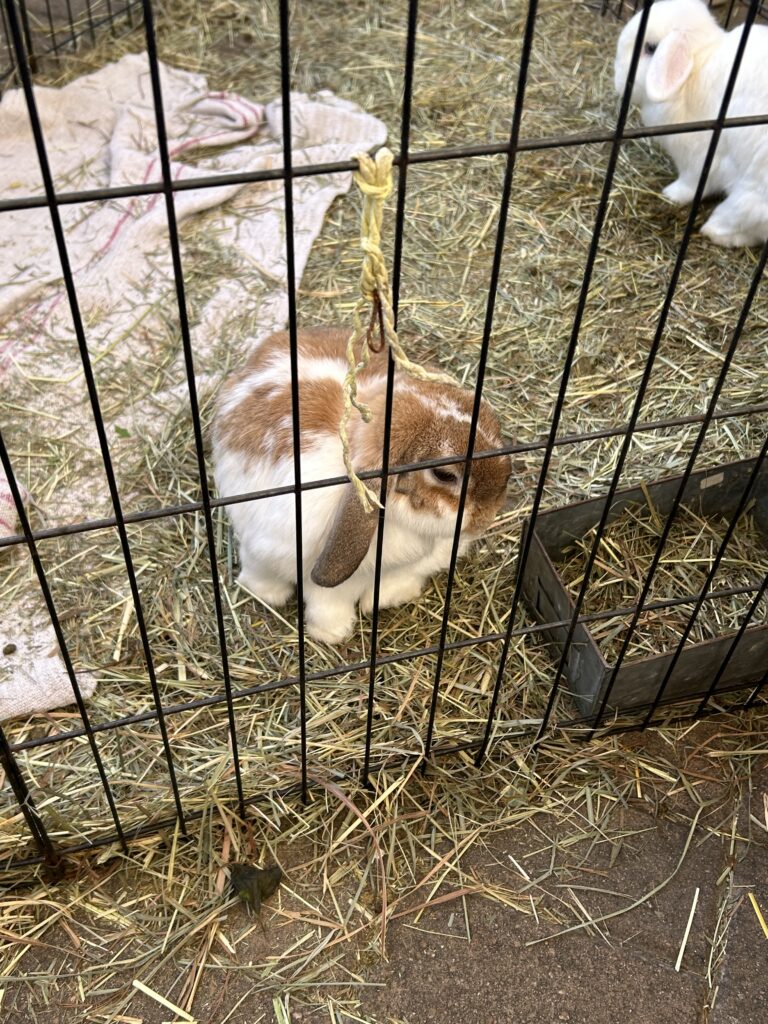
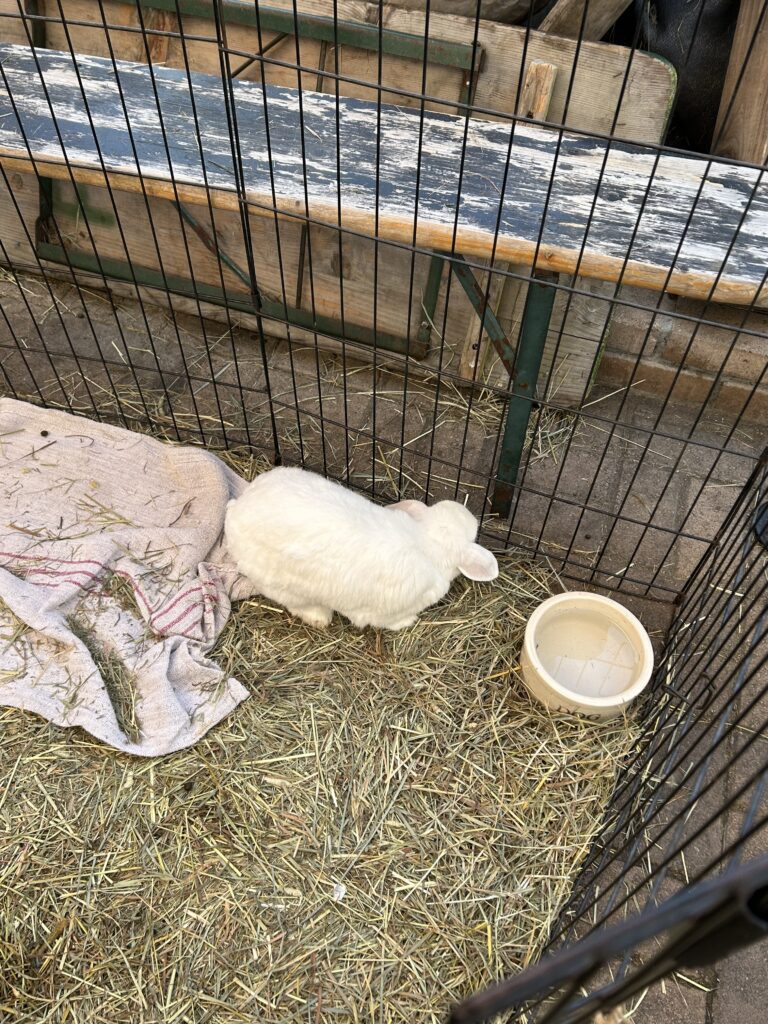
What could be cuter? Please be sure to visit Grange Garden’s website for more information on policies, procedures, and applicable fees.
Enjoy!
M. Gail Grant
-
Proud KSU Alum!
 Kennesaw State MAPW on Instagram: ”💫 MAPW Alum Spotlight 💫 🦉 Melinda Grant (’21 Composition and Rhetoric) is now a Lecturer of Analytical Writing at @ucsandiego! Congratulations, Melinda! #getyourwriteon 📚 Melinda’s website: https://mgailgrant.com/ #kennesawstate #mapw #gradschool #compositionandrhetoric #studentsuccess #teaching #analyticalwriting”14 likes, 0 comments – kennesawstatemapw on September 22, 2023: ”💫 MAPW Alum Spotlight 💫 🦉 Melinda Grant (’21 Composition and Rhetoric) is now a Lecture…”
Kennesaw State MAPW on Instagram: ”💫 MAPW Alum Spotlight 💫 🦉 Melinda Grant (’21 Composition and Rhetoric) is now a Lecturer of Analytical Writing at @ucsandiego! Congratulations, Melinda! #getyourwriteon 📚 Melinda’s website: https://mgailgrant.com/ #kennesawstate #mapw #gradschool #compositionandrhetoric #studentsuccess #teaching #analyticalwriting”14 likes, 0 comments – kennesawstatemapw on September 22, 2023: ”💫 MAPW Alum Spotlight 💫 🦉 Melinda Grant (’21 Composition and Rhetoric) is now a Lecture…” -
2022 Readers’ Favorite Book Award Finalist:

Excited to announce that Elephant Wisdom has been selected as a 2022 Readers’ Favorite finalist in the Christian – General category. I’m honored to be showcased in the company of such talented writers. Be sure to check out the link below!
-
Multimodal Mondays: Bridging Cultural Divides Through Code Meshing

I had the pleasure of collaborating with Dr. Kim Haimes-Korn, Professor of English and Digital Writing at Kennesaw State University, on publication of a multimodal assignment that celebrates linguistic diversity. One purpose of the assignment is to provide students with an opportunity to explore topics of translanguaging, such as code meshing, in a real-world setting. The assignment facilitates multicultural and multilinguistic awareness and engagement via group collaboration in the composition classroom, supporting pedagogical initiatives of classroom inclusivity. The full article, including step by step instructions, may be accessed here:
Multimodal Mondays: Bridging Cultural Divides Through Code MeshingToday’s guest bloggers, Kim Haimes-Korn and Melinda Grant, collaborate on this post to bring together and explore their experiences and ideas. Kim Haimes-Korn is a Professor of English and Digital Writing at Kennesaw State University. Kim’s teaching philosophy encourages dynamic learning and criti… -
Book Reviewers Request

Interested in becoming one of Keebie Press’s book reviewers? If so, please click on the Google doc. form below to sign up for immediate and future opportunities. Paperback and eBook editions are available in exchange for honest reviews on vendor sites. Current available genres are inspirational poetry and middle grade fantasy fiction. I look forward to building successful author/reviewer partnerships.
-
Christian Publishers
Bluebirds and Faith, Elephant Wisdom, and Poetic Christian Discourse may now be found on Christian Publishers’ website. See below for links!
Bluebirds and Faith is a poetry collection that celebrates God’s gift of eternal grace by finding joy, humility, and comfort in our surroundings. Inspired by the death of a beloved father, Grant shares her journey of sorrow and healing in a world that seems so incredibly far away from heaven. Finding mercy in the wings of a bluebird, Grant discovers that the separation between heaven and earth may not be as vast as we think. Poetry, one of the world’s most treasured artistic expressions, is the vessel used to explore faith in a world stricken with fear and sin. Free verse and Haiku poetic forms are spread heavily throughout. Grant hopes sharing her spiritual evolution will bring solace and peace to others at a time in their life when they feel no one else is listening. He always listens. God bless.
Elephant Wisdom is a poetry collection that explores topics equivalent to “the elephant in the middle of the room.” In other words, through a variety of poetic forms, utilizing a combination of free-verse, narrative, and rhythmic components, the poems encourage readers to broaden their minds and consider connections between science and religion while introducing the paradox of collective consciousness and universal forces. Unfortunately, loss is a topic that humanity has difficulty addressing with their friends and loved ones, leaving a significant lack of support for those who have or are currently experiencing grief. Elephant Wisdom addresses this gap of communal support through taboo themes such as infant death.
Poetic Christian Discourse, Vol. 1, is an inspirational poetry collection that offers readers a sense of hope, acknowledging the idea that humanity is not, never has been, and never will be perfect. The collection embraces Christian living, inviting readers to apply concepts from the Bible in their everyday lives while highlighting how elements of scientific discovery further provide evidential support of a divine creator. The past year and a half have been uniquely challenging and isolating for many, and it is during these times that people begin to look for meaning and purpose in their lives. Poetic Christian Discourse encourages readers to accept the human nature of sinning; it fosters the idea that we are not alone. Tomorrow is a new day, and by embracing our universal faults, we may find hope through unity and faith.
-
-
-




